Chicken is experiencing a resurgence as it becomes seen as the protein of choice for cash-strapped shoppers.
Sales of chicken have plateaued in recent years, but since the recession began values have shot up 8.5% to £1.9bn and volumes have risen 3% to 495 million kg [TNS 52 w/e 6 September].
The large value rise was partly explained by production cost hikes feeding through to store shelves, industry sources said.
But cost-conscious shoppers had been looking for cheaper meat in the past year, explained TNS analyst Drummond Richards, with the consumption increase driven by teenagers, young males and retired shoppers. "The strong performance among these more cost-sensitive consumers indicates its strong positioning even in challenging times."
Poultry generally was seen as a trusted product, with turkey and duck sales also rising, said British Poultry Council chief executive Peter Bradnock. Consumers were buying more legs and thighs as well as whole birds, he said.
"Volumes had been pretty static, but now sales are moving in a much more positive direction. Poultry has a lot to offer in terms of quality, value and its lower environmental footprint."
Consumers, who were increasingly conscious of the environmental impact of their food, were starting to understand that chicken had a carbon footprint less than a quarter that of beef and lamb, Bradnock added.
Chicken's flavour makes it popular with a wide range of consumers, with children and adults up to the age of 44 all overindexing on consumption against other foods [TNS]. In the recession shoppers have been choosing their foods less for functional or health reasons and more for enjoyment.
"Favourite" is the key driver for chicken consumption, with 27% of shoppers buying it for that reason, 2% more than a year ago. By contrast 5% fewer people are eating chicken for health reasons.
More than a fifth of the 3.5 billion meals featuring chicken in the past year took place on a Sunday.
Sales of chicken have plateaued in recent years, but since the recession began values have shot up 8.5% to £1.9bn and volumes have risen 3% to 495 million kg [TNS 52 w/e 6 September].
The large value rise was partly explained by production cost hikes feeding through to store shelves, industry sources said.
But cost-conscious shoppers had been looking for cheaper meat in the past year, explained TNS analyst Drummond Richards, with the consumption increase driven by teenagers, young males and retired shoppers. "The strong performance among these more cost-sensitive consumers indicates its strong positioning even in challenging times."
Poultry generally was seen as a trusted product, with turkey and duck sales also rising, said British Poultry Council chief executive Peter Bradnock. Consumers were buying more legs and thighs as well as whole birds, he said.
"Volumes had been pretty static, but now sales are moving in a much more positive direction. Poultry has a lot to offer in terms of quality, value and its lower environmental footprint."
Consumers, who were increasingly conscious of the environmental impact of their food, were starting to understand that chicken had a carbon footprint less than a quarter that of beef and lamb, Bradnock added.
Chicken's flavour makes it popular with a wide range of consumers, with children and adults up to the age of 44 all overindexing on consumption against other foods [TNS]. In the recession shoppers have been choosing their foods less for functional or health reasons and more for enjoyment.
"Favourite" is the key driver for chicken consumption, with 27% of shoppers buying it for that reason, 2% more than a year ago. By contrast 5% fewer people are eating chicken for health reasons.
More than a fifth of the 3.5 billion meals featuring chicken in the past year took place on a Sunday.


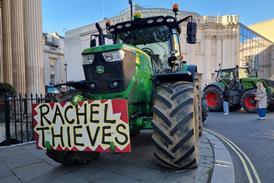
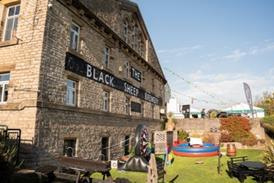
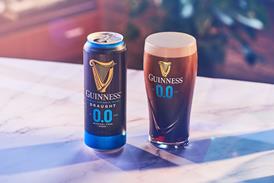



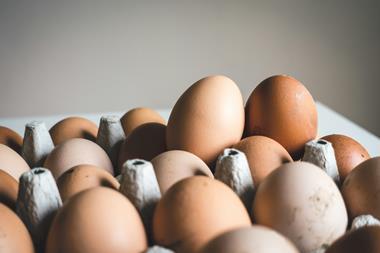
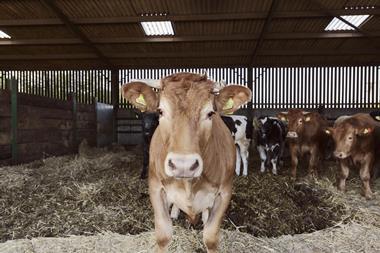
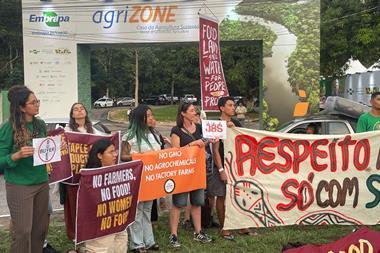
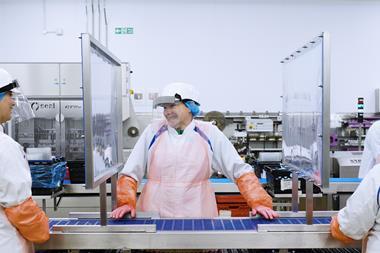

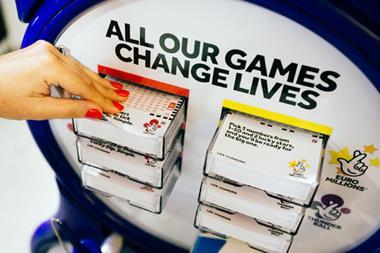

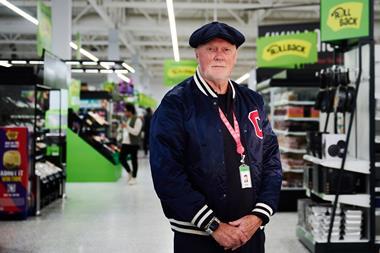


No comments yet